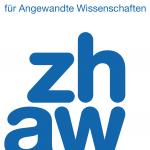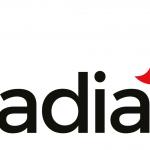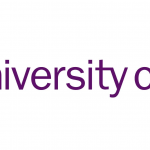Architecture Framework
Components that constitute NATWORK’s conceptual architecture will be:
- Decentralised Orchestration services,
- Energy Efficient AI services,
- Network services and
- Distributed Federated Learning (FL) services
NATWORK will deliver interfaces that allow for modular integration on two levels:
- Horizontal integration of components with similar function but operating with different technologies;
- Vertical integration of components with different functions and across multiple domains.
To successfully integrate these components NATWORK will use:
- Network orchestration operations enhanced by AI/ML techniques both in the core/radio domains and globally using a central cross domain orchestrator.
- Application Programming Interfaces (APIs) will also be developed for linking microservices of the Assets’ Management and Operation (AMO) layers internally and with added services such as security and self-management.
- Pioneering capabilities for specifying and describing communication attributes among entities such that fine-granularity governance of the relationship can be established; and fine-tuning can be realised in reaction to temporal/spatial change
The verification of architectural assumptions and design choices is a crucial stage towards delivering a sound software architecture. NATWORK ambition is to adopt a rapid verification approach through
- automated unit testing of microservice components of NATWORK proof-of-concept framework within simulation environments or over laboratory-based testbeds. This will feature fast bug fixing and assumptions’ rethinking as well as design modifications.
- System level performance analysis will be realized in one or more of three directions: through simulation environments with problem-specific analytical models; and/or with larger experiments over the testbeds, either individually or connected to form a larger setup.



